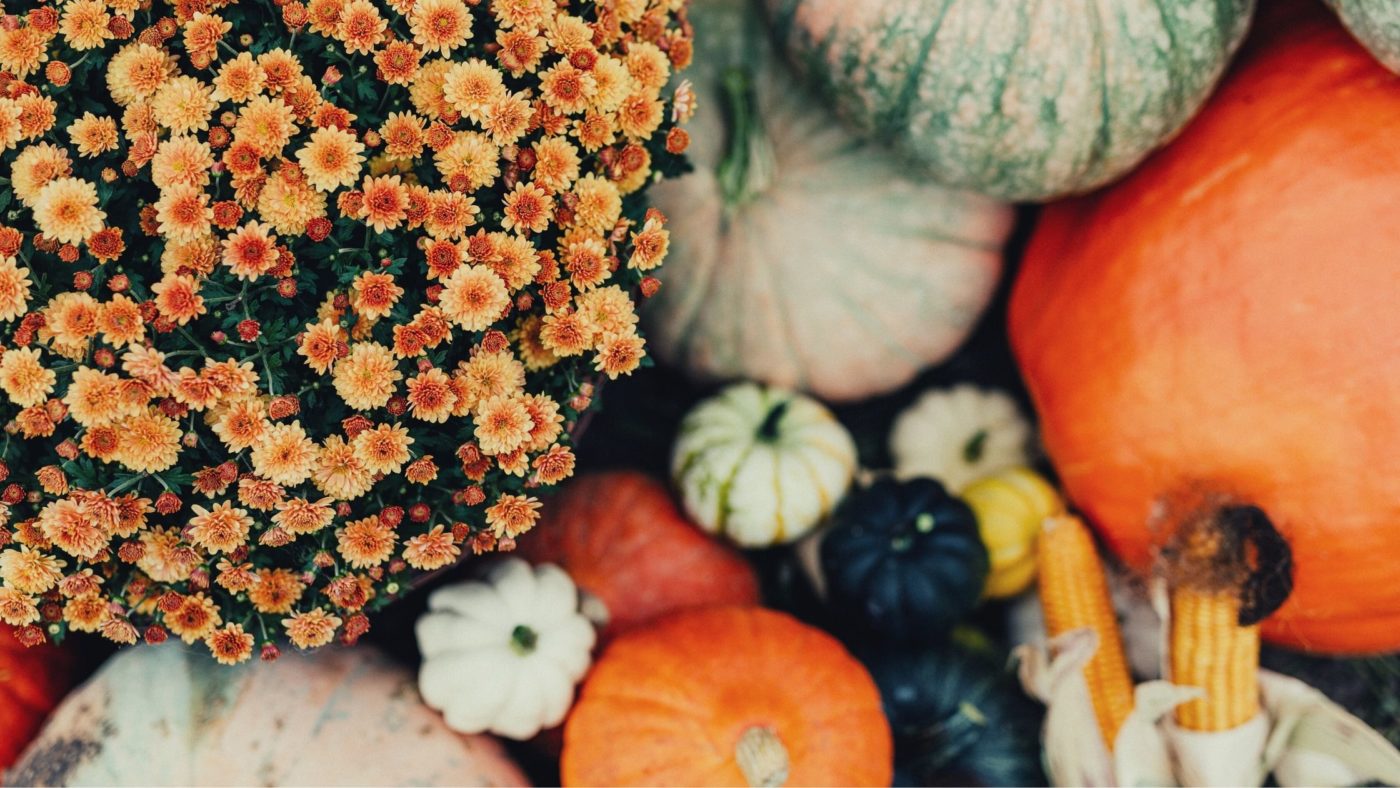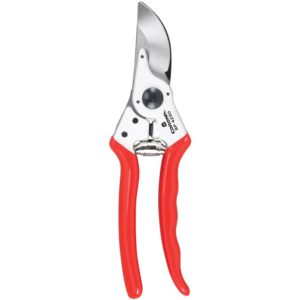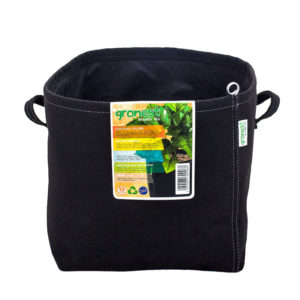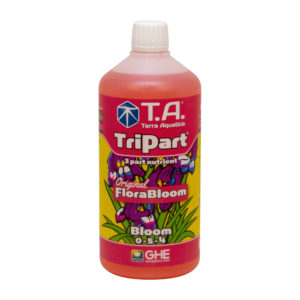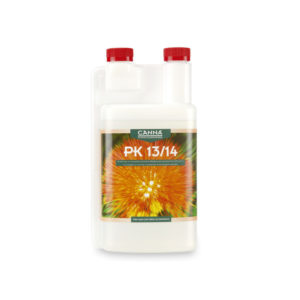Understanding the hardiness zones in the United Kingdom
When trying to understand plant hardiness zones, U.K. gardeners usually rely on the standard issued by the USDA (U.S. Department of Agriculture). According to their classification, there are a total of 13 zones, with Zone 1 being the coldest and Zone 13 the hottest. The division is based on the average annual minimum winter temperature in each zone and is done in 10-degree increments (Fahrenheit). In some places, you may see each zone divided into subcategories, e.g. 13a and 13b.
The majority of the U.K. falls into Zone 8, with some regions in Zone 9. Zone 7 and Zone 10 conditions can also be observed in several parts of the country, but those are much smaller.
On the other hand, another map of hardiness zones U.K. gardeners can keep in mind is the system developed by the RHS. According to this map, the coldest zone is H7 (temperatures equivalent to USDA Zone 5), while the hottest is H1a (similar to USDA Zone 13).
ℹ Technically, the USDA hardiness zones describe the climate in different regions. The RHS hardiness ratings, on the other hand, are given to plants themselves. In other words, the RHS classification shows how hardy a plant is and how likely it is to survive cold temperatures and frost.
Knowing in which hardiness zone you live gives you a better understanding of the growing conditions in your area. This is important for choosing the proper plants for your garden. For example, did you know that you can grow an exotic Chusan Palm or Japanese Banana Plant, because they are hardy enough for the U.K. climate? Of course, the micro-climate in your garden also matters when making your plant selection, but hardiness zones can serve as a general guideline.
To give you a clearer picture, we’ve included a U.K. hardiness zone map below. There are also comparison charts to help you convert USDA Zones to RHS Zones, such as this RHS chart. This resource provides a useful list of U.K. cities, which gardening climate zone they belong to, and what trees, vegetables, herbs, etc. are specific to each zone.


What to do in the garden in autumn?
The months of October and November give us beautiful autumnal colours in the garden but also present a good opportunity to get a lot of tasks done.
At this time of the year, work revolves around tidying up and composting. For example, you can collect fallen leaves, fork up perennial weeds, and remove dying plants. Also, don’t forget to collect any hoses, plant supports or ceramic pots that wouldn’t survive the winter cold.
Harvest any remaining fruit, such as apples and pears. Also, pick the last strawberries and cabbage. If you have any late crops in your garden, don’t forget to cover them to protect them from the frost.

From this point onward, all your autumn garden plants’ energy should be going down into the roots. Prune fruit bushes and trees with a sharp pair of secateurs or scissors after they lose their foliage. You can mulch around their base.
If you grow plants in Gronest Fabric Pots or vertical fabric planters, you need to have them cleaned and dried. The pots are reusable, so this will ensure you can continue to use them for several seasons.
This is also a perfect time to plant next year’s early crops. Some autumn crops UK growers can sow in October and November include broad beans, garlic, autumn onions, currants and gooseberries, and rhubarb. If you already know which hardiness zone you live in, this can further narrow down the plant list. If you’re unsure about a specific plant’s hardiness, use the RHS Plant search to look it up.
Do I need to use fertilisers in autumn?
Now that winter is approaching, you may be asking yourself ‘Should I fertilise my plants during the fall?’. The truth is there are a lot of benefits to using an autumn fertiliser. In the cold months, plants need more phosphorus and potassium.
You can fulfil these increased needs by choosing an NPK fertiliser, which includes nitrogen (N), phosphorus (P) and potassium (K), to promote your plants’ growth and health. And picking the correct NPK Ratio will ensure you give your plants just the right nutrients in the right amount. For example, a quality root fertiliser or any potent mix of phosphorus and potassium could be perfect for growing healthy roots in the autumn.
Another efficient fertilising approach is adding well-rotted organic matter by either forking it into the soil or placing it as a mulch around plants.
Yet another great autumn and winter fertiliser is the so-called “green manure”. These are specific plants that are planted as cover crops and later incorporated into the soil by tilling while they are still green. This adds organic matter to the soil and improves its overall quality.
In the cool, northern European climate, gardeners should opt for legumes (e.g. winter field beans, forage peas and vetch), mustard, or grazing rye. Phacelia and clovers can also be added to the mix, but only in milder climates.
Whether you choose a conventional fertiliser or green manure, your soil and plants will certainly benefit from the boost in nutrients.

Don’t forget a soil test
Note that, prior to fertilising, it’s always a good idea to perform a soil test. This will help you to discover what your soil lacks in nutrients and what it has in excess, so you can actually complement the composition. This is especially true in the autumn, after an exhausting growing season.
The test will determine potassium, phosphorus, calcium, and magnesium levels. It’s also worth testing your soil pH to measure its acidity or alkalinity. Soil pH levels in the UK generally vary from 4.0 (strongly acid) to 8.5 (strongly alkaline), with 7 being neutral. Most crops prefer a pH index of 6.0 to 6.5, but some do grow best in the two extremes of the pH range.

